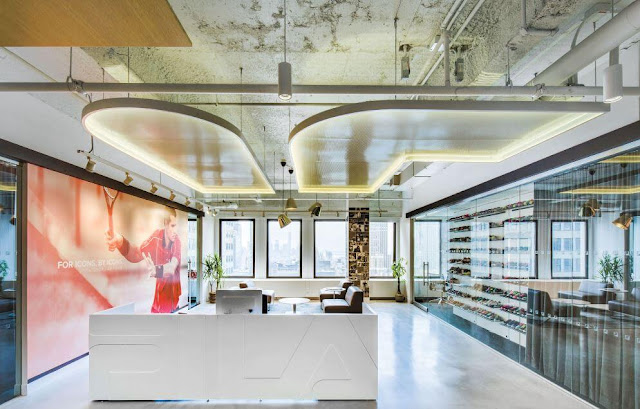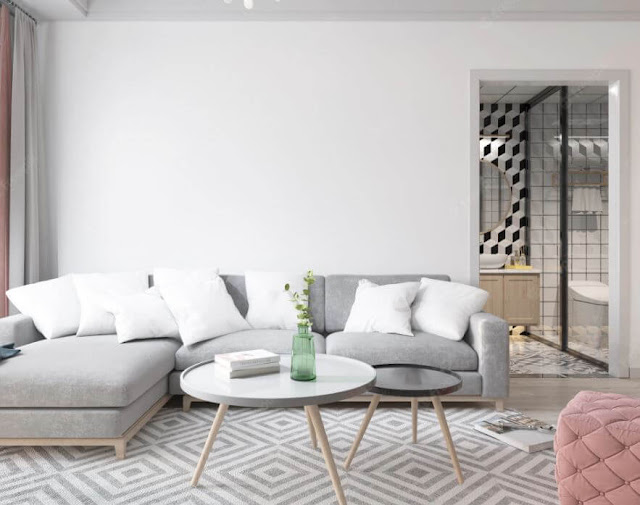Transforming Healthcare Spaces: The Power of Healthcare Interior Design Services
In the realm of healthcare, patient well-being and recovery are of paramount importance. Beyond medical expertise, the physical environment plays a significant role in promoting healing, reducing stress, and enhancing the overall patient experience. Healthcare interior design services have emerged as a critical component in creating spaces that foster comfort, positivity, and efficiency. This article delves into the transformative impact of healthcare interior design services and their role in shaping modern medical facilities.
The Healing Power of Design
The concept of healing environments is not new. Ancient civilizations recognized the link between physical surroundings and well-being. In the modern context, healthcare interior design services capitalize on this understanding, leveraging colors, materials, lighting, and spatial arrangements to create environments that contribute positively to patient outcomes.
Color psychology is a fundamental aspect of healthcare interior design. Soft, calming colors like blues and greens are often used in patient rooms and waiting areas, promoting relaxation and reducing anxiety. On the other hand, vibrant colors can inject energy into spaces like rehabilitation centers, fostering motivation and activity.
Patient-Centered Approach
The shift towards patient-centered care has driven the demand for personalized spaces that prioritize patients' comfort and needs. Healthcare interior design services collaborate closely with medical professionals to ensure that design choices align with medical requirements. For instance, in pediatric units, designs might incorporate cheerful themes to alleviate children's fears and create a more soothing atmosphere.
Privacy is another crucial consideration. Thoughtful spatial planning ensures that patient rooms offer the necessary privacy, while communal areas are designed to encourage social interaction and support networks among patients, families, and staff.
Incorporating Technology
The integration of technology is a defining aspect of modern healthcare interior design. From advanced medical equipment to seamless connectivity, incorporating technology enhances the efficiency of healthcare delivery. Designing spaces with the necessary infrastructure to support medical devices and telemedicine capabilities is a technical challenge that these design services adeptly navigate.
Efficiency and Flow
Efficiency is at the core of healthcare interior design. The layout of a medical facility can significantly impact the flow of patients, staff, and equipment. Effective design streamlines these movements, reducing bottlenecks and improving overall productivity.
Waiting areas, often anxiety-inducing spaces, are revamped to ensure comfort and distraction. Thoughtful seating arrangements, access to natural light, and interactive displays help patients feel at ease while waiting for appointments.
Creating a Healing Ambiance
Lighting design is an often-underestimated element that healthcare interior design services use to craft soothing environments. Natural light, whenever possible, is harnessed to create a connection to the outside world. Additionally, lighting systems that mimic circadian rhythms can regulate sleep patterns and promote faster recovery.
Incorporating Nature
Biophilic design, which integrates natural elements into built environments, has found a welcoming space within healthcare interior design. The presence of plants, water features, and nature-inspired artworks enhances well-being and aids in stress reduction. Healing gardens and outdoor spaces offer patients and staff a respite from the clinical atmosphere, promoting mental restoration.
Conclusion
Healthcare interior design services are a testament to the holistic approach that modern healthcare embraces. These services seamlessly merge the principles of design with medical requirements, resulting in spaces that contribute positively to patient healing and staff well-being. As the healthcare industry continues to evolve, the role of interior design becomes increasingly pivotal in shaping environments that prioritize not only medical treatment but also human comfort and emotional well-being. Through color psychology, patient-centered design, technological integration, efficient layouts, and the incorporation of nature, healthcare interior design services are revolutionizing the way we experience medical spaces.
.jpg)


Comments
Post a Comment